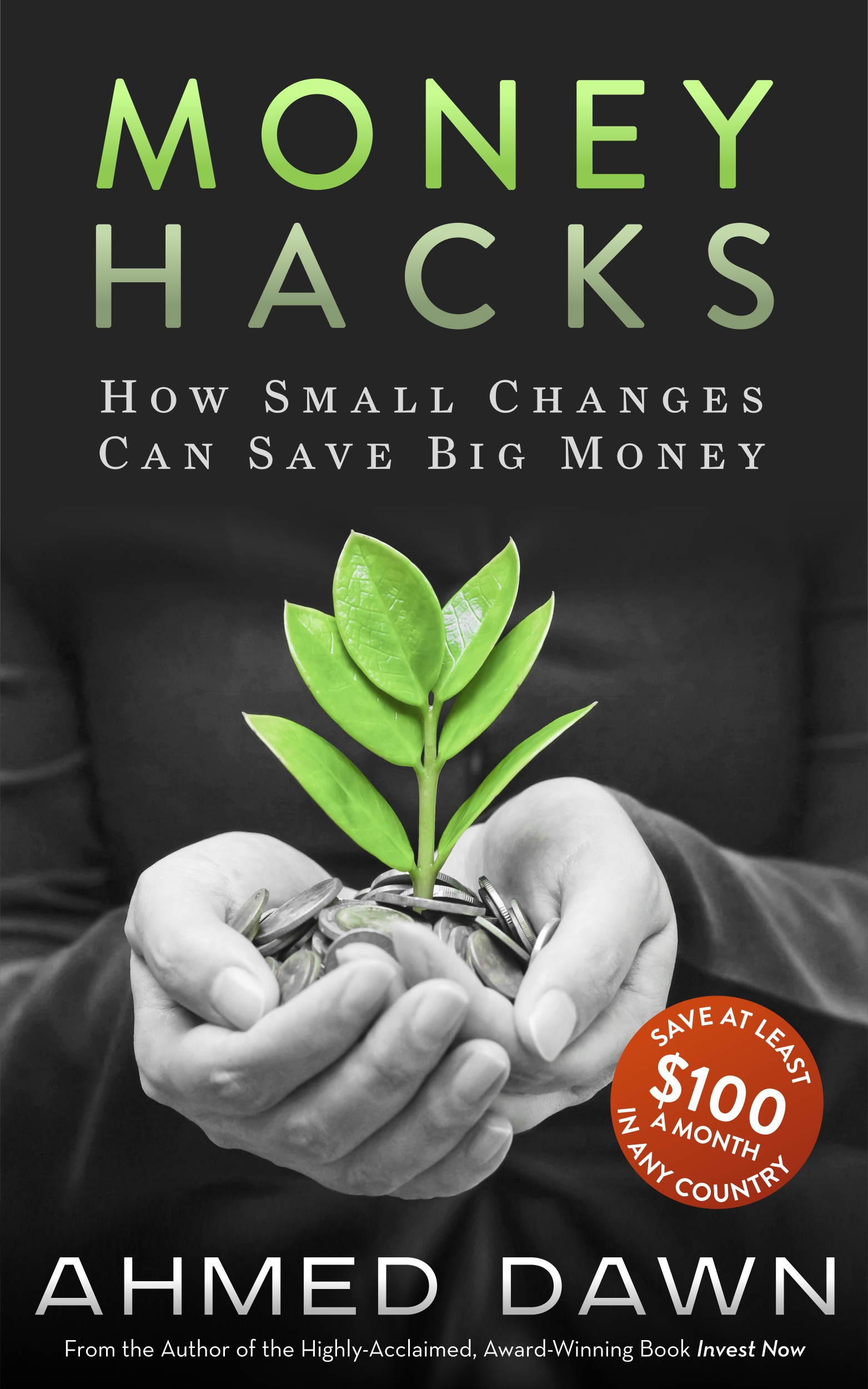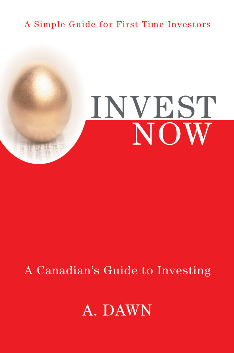Looking to the Future
First Published Date: Aug 17, 2009
Reading the financial pages of the newspapers – both national and international press – has become something of an endurance sport in the past 18 months. Although there have been serious issues in need of being addressed, there must also be some acknowledgement that at a certain point, bad financial news reaches a level of saturation that makes everyone reading want to bury their head in the sand and shout “no more!”. This presents financial editors with a tricky conundrum. You have to report what’s going on, but when all you seem to be reporting is one hammer blow after another, does a point arrive where the coverage begins to dictate behaviour?
There is now a great deal of cynicism when any politician says that they can see the green shoots of financial recovery. Of course, there tends to be some cynicism when any politician says anything these days. It has become de rigueur to simply disbelieve a politician by dint of their occupation. It would be tempting to assert, although one must accept that statistics do not exist to back this up, that were a prominent politician to stand up and declare that it was sunny outside, 25% of any audience would look out the window for definitive proof before trusting that it actually was. This is how politicians are viewed by the general public in almost every country. It may not be ideal, but that’s how things are.
So it becomes doubly hard for governments to persuade their electorate that financial recovery is on its way, or already here. When a populace will refuse to believe the word of a politician on principle, overcoming cynicism becomes a Herculean task. Is this how it should be? A little bit of skepticism is surely welcome, but at what stage does skepticism become deliberate contrariness? At what point do we say “the media are saying one thing, the government another – I can only trust my own judgement.”? It seems that in this case, there is no time like the present. To clarify that, we appear to be on the cusp of a recovery which may, initially, be accompanied by limited growth or none at all. Waiting for recovery with growth to take off could mean missing the best opportunities. Get on the right bus now, however, and there could be excellent payoffs when your stop comes along.
As much as we like to make our own judgements based on a commendable grasp of the information in front of us, it should be accepted that we live in a world without certainties. No-one ever got rich backing sure things, but the markets are beginning to rise. Investing at this point may be the wisest step, because once the recovery has clicked into top gear it could be too late. It may not work out the way you hoped it would, but the same is true of any investment at any time – unless you are illegally well-connected. Be cautious and suspicious by all means, but don’t let opportunity pass you by.
To streamline and minimize blog maintenance, I will be discontinuing maintaining the Canadapersonalfinancewebsite.com website (however, I will still hold the domain). I will gradually move all articles from this site to A Dawn Journal. This article originally published on the above website on Aug 17, 2009.








